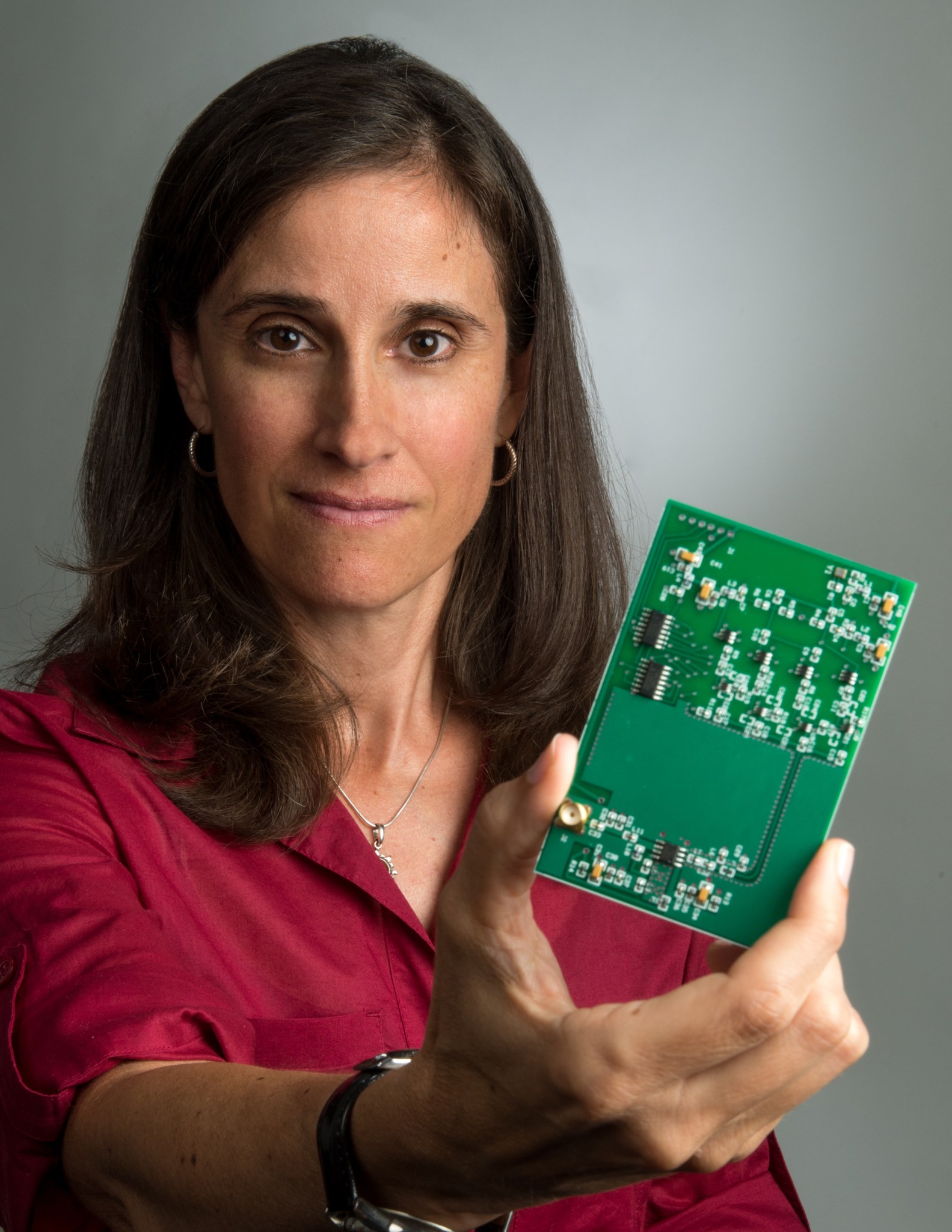NASA’s Search and Rescue (SAR) office, technology development lead for the international Cospas-Sarsat program, has developed second-generation emergency beacons that offer users improved accuracy and quicker response times. Artemis astronauts returning from the Moon will be the first users of these beacons, which will be commercially available to the general public in the coming years.
NASA’s Search and Rescue Legacy
The Cospas-Sarsat program began as a collaborative international effort to provide first-responders with satellite-aided distress location services. Since its founding in 1979, the program has grown from an agreement between Canada, France, the former Soviet Union and the U.S. to include 45 countries and organizations worldwide.
NASA has lent their technical expertise to the program since its inception. To best serve users of the system, the SAR office at Goddard Space Flight Center in Greenbelt, Maryland, has developed emergency beacons as well as the ground and flight systems that support them for a wide variety of applications.
“NASA takes pride in the role we play in Cospas-Sarsat,” said SAR mission manager Lisa Mazzuca, who is also a trained helicopter flight officer and hoist operator. “Our technological know-how gives the U.S. and the international community new search and rescue capabilities and even better service.”
Enhancing Network Capabilities
While the original satellite-aided search and rescue architecture has served aviators, sailors and adventurers well for many years, NASA and Cospas-Sarsat identified a need for quicker response times and more accurate location data than the system could accommodate.
The first upgrades to the system involved the flight elements of the network. New spacecraft in the Global Navigation Satellite System (GNSS), the international collection of positioning, navigation and timing constellations, now carry search and rescue instruments on board. These satellites in medium-Earth orbit can see larger swathes of the Earth than original instruments on low-Earth orbit satellites, allowing faster beacon detection.
Credit: NASA
Additionally, the higher number of GNSS satellites carrying search and rescue instruments allows for multi-lateration, a sophisticated geometric calculation that offers far better accuracy than calculations based on data from the more limited constellation low-Earth orbit SAR instruments. Ultimately, there will be about 70 search and rescue instruments in space, with each additional instrument enabling more accurate location services.
“It’s improving our beacon location accuracy from kilometers to meters,” said SAR chief engineer George Theodorakos. “With a signal burst, we can calculate an accurate latitude and longitude location, which is significantly faster than the previous system.”
Building a Better Beacon
To take full advantage of the new network architecture, the SAR office began developing second-generation beacon technology. These beacons are designed to further improve the location accuracy and detection time of the system while offering users a host of new capabilities.
To improve efficiency over the first-generation technology, second-generation beacons front-load their distress transmissions, sending more transmissions in the crucial minutes after activation and then reducing the number of transmissions as time goes on. Additionally, second-generation beacons separate the information they send into a primary field, which contains all the beacons’ embedded identification information, and other fields which contain partial information and can be customized to customer needs. These innovations improve beacon battery life and provide first responders with more robust data.
The U.S. will be the first country to take full advantage of the second-generation beacons, as the necessary upgrades to their ground stations have already been completed. NASA expects commercial industry to begin selling the beacons within a few years. Internationally, ground station upgrades and second generation beacons can be expected shortly after.
Artemis and ANGEL
In the meantime, the sole users of second-generation beacon technology will be Artemis astronauts returning from the Moon. In collaboration with survival and rescue systems engineers at NASA’s Johnson Space Center in Houston, the SAR office developed specialized Advanced Next-Generation Emergency Locator (ANGEL) beacons using the second-generation technology for astronaut life vests.
“Under normal circumstances, the Orion capsule will be pulled onto the deck of a ship and astronauts will be removed by military and NASA personnel,” said Johnson survival and rescue systems engineer Cody Kelly. “If the crew needs to egress into the water for whatever reason, they’re equipped with our life preservers, rafts and ANGEL beacons to ensure their quick recovery.”
As for future plans, NASA’s SAR office is partnering with the University of Maryland, College Park, to test a prototype device on an unmanned aerial vehicle (UAV) that can hone in on second generation beacons. In addition to proving the direction finding technology, these tests will demonstrate how UAVs may be used in search and rescue operations. This capability is of particular interest to the U.S. Coast Guard, who organize water-based search and rescue efforts for the U.S.
“As we implement the new search and rescue architecture,” said SAR deputy manager Tony Foster, “opportunities arise for continued innovation. The SAR office is continually committed to finding new ways of improving the first responders’ ability to locate and rescue persons in distress through the use of the Cospas-Sarsat network.”
The SAR office calls NASA’s Goddard Space Flight Center in Greenbelt, Maryland, its home. The office receives strategic oversight from NASA’s Space Communications and Navigation (SCaN) program office. To learn more about NASA’s SAR office, visit esc.gsfc.nasa.gov/SAR.
By Danny Baird
NASA’s Space Communications and Navigation Program Office

























